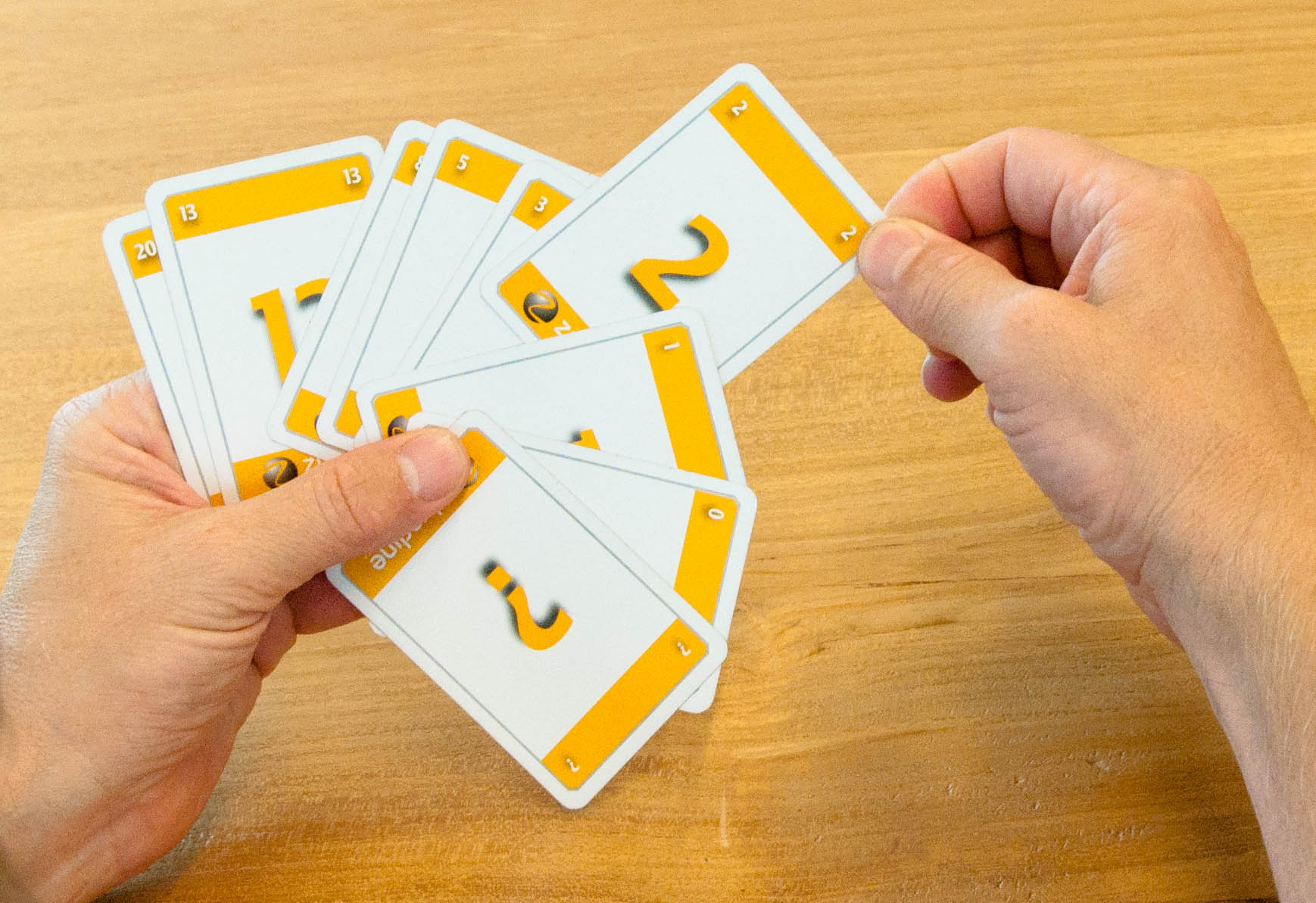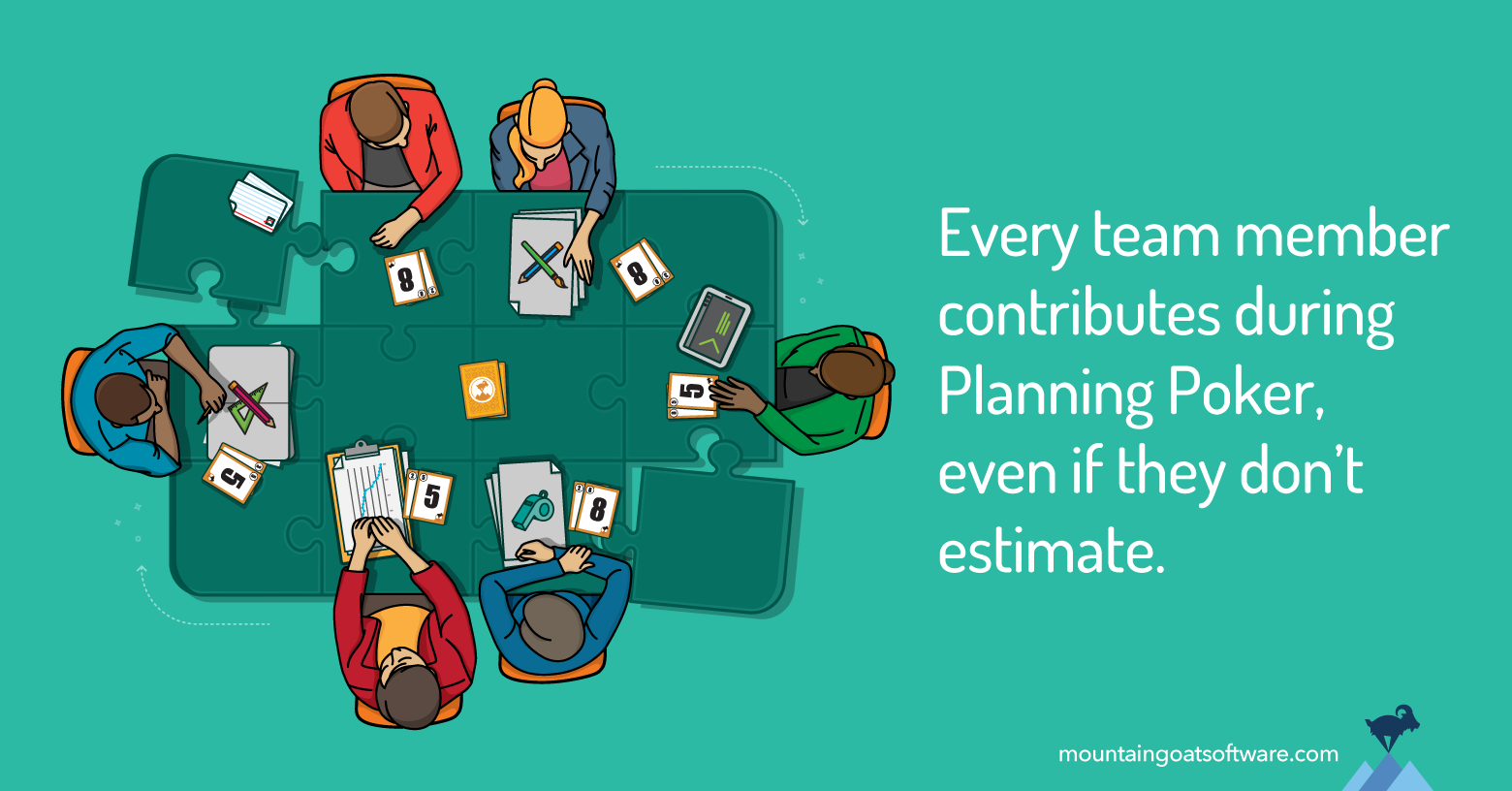Scrum Planning Poker Points
- Estimation Techniques Tutorial
- Scrum Planning Poker Online
- Agile Planning Poker
- Scrum Planning Poker Points Leaders
- Agile Planning Poker Playing online, free
- Estimation Techniques Resources
- Selected Reading
Scrum Planning Poker Online
Planning Poker® is the fun, easy way for your team to effectively plan and execute a sprint planning session. This free online scrum tool encourages collaboration and planning for distributed agile teams. Through lively discussion, your team will create more accurate estimations for healthier sprints. Teams starting out with story points use an exercise called planning poker. At Atlassian, planning poker is a common practice across the company. The team will take an item from the backlog, discuss it briefly, and each member will mentally formulate an estimate. Then everyone holds up a card with the number that reflects their estimate. Planning poker®, also called Scrum poker, is a consensus-based technique for estimating, mostly used to estimate effort or relative size of user stories in software development. In planning poker, members of the group make estimates by playing numbered cards face-down to the table, instead of speaking them aloud.
Planning Poker Estimation
Planning Poker is a consensus-based technique for estimating, mostly used to estimate effort or relative size of user stories in Scrum.
Planning Poker combines three estimation techniques − Wideband Delphi Technique, Analogous Estimation, and Estimation using WBS.
Planning Poker was first defined and named by James Grenning in 2002 and later popularized by Mike Cohn in his book 'Agile Estimating and Planning”, whose company trade marked the term.

Planning Poker Estimation Technique
Agile Planning Tool for Scrum Teams. Join room Create room. Voting Poker Agile Planning Tool for Scrum Teams. Create new voting room. Join an existing room. You don't need an account to start voting. Join an already existing room with a link or create a new one with only a few clicks. Planning Poker ® is the most common Agile technique that allows to establish the “size” of each story—taking into account time, risk, complexity and any other relevant factors—during the iteration planning meeting. Let’s play Planning Poker ®: During the iteration planning session, the Product Owner (PO) presents the user stories to.
In Planning Poker Estimation Technique, estimates for the user stories are derived by playing planning poker. The entire Scrum team is involved and it results in quick but reliable estimates.
Planning Poker is played with a deck of cards. As Fibonacci sequence is used, the cards have numbers - 1, 2, 3, 5, 8, 13, 21, 34, etc. These numbers represent the “Story Points”. Each estimator has a deck of cards. The numbers on the cards should be large enough to be visible to all the team members, when one of the team members holds up a card.
One of the team members is selected as the Moderator. The moderator reads the description of the user story for which estimation is being made. If the estimators have any questions, product owner answers them.
Each estimator privately selects a card representing his or her estimate. Cards are not shown until all the estimators have made a selection. At that time, all cards are simultaneously turned over and held up so that all team members can see each estimate.
In the first round, it is very likely that the estimations vary. The high and low estimators explain the reason for their estimates. Care should be taken that all the discussions are meant for understanding only and nothing is to be taken personally. The moderator has to ensure the same.
The team can discuss the story and their estimates for a few more minutes.
The moderator can take notes on the discussion that will be helpful when the specific story is developed. After the discussion, each estimator re-estimates by again selecting a card. Cards are once again kept private until everyone has estimated, at which point they are turned over at the same time.
Repeat the process till the estimates converge to a single estimate that can be used for the story. The number of rounds of estimation may vary from one user story to another.

Benefits of Planning Poker Estimation
Planning poker combines three methods of estimation −
Expert Opinion − In expert opinion-based estimation approach, an expert is asked how long something will take or how big it will be. The expert provides an estimate relying on his or her experience or intuition or gut feel. Expert Opinion Estimation usually doesn’t take much time and is more accurate compared to some of the analytical methods.
Analogy − Analogy estimation uses comparison of user stories. The user story under estimation is compared with similar user stories implemented earlier, giving accurate results as the estimation is based on proven data.
Disaggregation − Disaggregation estimation is done by splitting a user story into smaller, easier-to-estimate user stories. The user stories to be included in a sprint are normally in the range of two to five days to develop. Hence, the user stories that possibly take longer duration need to be split into smaller use-Cases. This approach also ensures that there would be many stories that are comparable.
Agile Planning Poker
Planning Poker (also known as Scrum Poker) is a very popular technique proposed in 2002 by James Grenning. Each player uses a set of cards with Fibonacci sequence numbers on it to estimate the overall effort of a task in Story Points.
Planning Poker procedure
Take in mind that with great popularity came multiple variations of this technique, each team tend to adapt it for their needs. Classic procedure is as follows:
- The Product Owner provides a short overview of a user story that will be estimated by the team. The team can ask questions. Potential clarifications can influence the initial scope.
- Everyone from the team picks one card from his set (1, 2, 3, 5, 8, 13 …) and lays it face down in front of him.
- When everyone is ready, the team is turning over cards.
- Members with the highest and lowest estimates should justify their votes and discussion continues.
- Repeat steps 2-4 until a consensus is reached.

Scrum Planning Poker Points Leaders
Mind the fact, that consensus doesn’t necessarily mean that everyone needs to put the same number. The team might just agree to disagree and put the average or largest number as an estimate.
When to use Planning Poker?
Agile Planning Poker Playing online, free
With a strong focus on the discussion, this approach helps to spread the common knowledge of user stories across the team. So Planning Poker is ideal for Scrum Teams, preferably when it is unknown which developer will deal with the issue.
This method shows high accuracy in estimations.
What are the disadvantages?
Although Planning Poker deals well with new features it throttles when it comes to unknown or uncertain things such as research or bugs.
Another important factor is that this is rather time-consuming. From my experience estimating one task often takes more than 15 minutes and the bigger team the longer it takes to find the consensus.